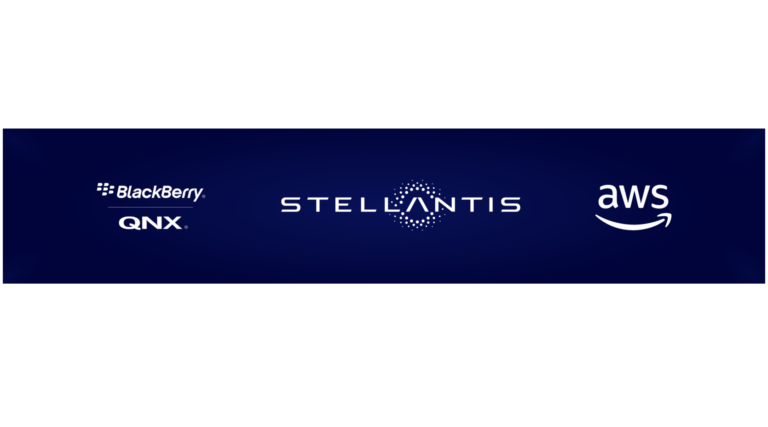Stellantis has spearheaded the development of a virtual cockpit platform, a component of the Stellantis Virtual Engineering Workbench (VEW). The platform uses BlackBerry’s QNX Hypervisor in the cloud, which allows Stellantis to accelerate development cycles by up to 100 times and expedite the delivery of infotainment technology to customers.
The early access release of QNX Hypervisor in the cloud is available now, with general availability expected later in 2024. Its introduction on AWS Marketplace has allowed Stellantis to incorporate a high-performance computing (HPC) simulation of a virtual cockpit into a cloud environment. This industry-first platform supports mixed-criticality and multi-OS embedded application development. It includes QNX Hypervisor Amazon Machine Images (AMIs) and adheres to industry-standard hardware interfaces defined in the VirtIO standard Trout v1.2. The solution, featuring virtualization of graphics, audio and touchscreen/mouse/keyboard inputs, is designed to ensure minimal differences between running QNX Hypervisor-based systems in the cloud and on real hardware.
The use of standard VirtIO interfaces by various automotive partners emphasizes scalability across OEMs and supports plug-and-play integration across the OEM landscape. AWS’s full support for the VirtIO industry standard reinforces its role in cloud simulation for cockpit HPCs.
By taking a software-driven approach of using the QNX Hypervisor in the cloud, Stellantis can expedite customer feedback sessions and replicate the cockpit experience of specific brands and vehicles in real time. This facilitates quick adjustments to optimize the driver’s experience. Real-time feedback, supported by low-latency access to the cloud, allows the company to gather valuable insights from customers and developers, informing the development of future infotainment features and applications.
Yves Bonnefont, chief software officer at Stellantis, said, “With our virtual cockpit, we’re revolutionizing not just our approach but also that of our suppliers and partners in the industry. Essentially, we’re able to get closer to our customers’ needs through this technology, with faster development cycles, faster feedback loops and quicker delivery of the technology they use and love. It’s a leap toward customer-first innovation and efficiency in the automotive world.”
Wendy Bauer, vice president and general manager of automotive and manufacturing at AWS, added, “With BlackBerry’s QNX Hypervisor on AWS Marketplace, Stellantis can easily harness the power of the cloud to reimagine research and development processes, architect more insightful ways to solicit and integrate feedback, and deliver functions faster than before that delight drivers and further the industry.”
For more simulation news, please click here.



